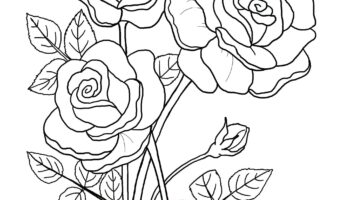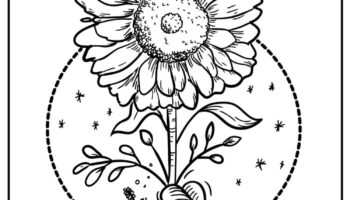Feline coat patterns are a fascinating study in genetics and visual diversity. The specific arrangement and distribution of pigments within a cat’s fur create a wide array of appearances. These visual characteristics are not merely aesthetic; they are the result of complex genetic interactions and can provide insights into a cat’s lineage and potential health predispositions. For example, a tabby cat, characterized by distinctive stripes, swirls, or blotches, carries a dominant agouti gene, while solid-colored cats lack this specific genetic expression. The observation and documentation of these patterns has been a subject of interest for breeders, geneticists, and feline enthusiasts alike, leading to a deeper understanding of feline heredity and the intricate mechanisms that govern the manifestation of different visual traits. Beyond the scientific understanding, these distinct visual features play a significant role in how humans perceive and interact with these animals, influencing breed preferences and individual pet selection.
The significance of these coat variations extends beyond mere aesthetics. Historically, distinct coat types may have provided camouflage advantages in different environments, influencing survival rates and shaping regional feline populations. The study of these patterns can also contribute to understanding the genetic basis of certain feline health conditions. Some genes responsible for coat traits are linked to genetic disorders. For instance, certain white markings are associated with deafness in some breeds. Furthermore, observing the inheritance of these visible traits helps to predict the potential characteristics of future generations. This knowledge is particularly valuable for breeders aiming to maintain breed standards or mitigate the risk of genetic diseases. In addition, the diverse range of visual presentations in felines contributes to their widespread appeal as companion animals, each pattern offering a unique visual identity that resonates with different individuals.
Understanding the varied expression of pigment in feline fur necessitates an exploration of the underlying genetic mechanisms and the factors that influence their manifestation. From the common tabby to the rarer colorpoint variations, each pattern tells a story about a cat’s genetic heritage. Further discussion will focus on the common patterns and genetic mechanisms which create feline visual diversity, followed by an exploration of different coat pattern variations. These points will also include an introduction to the specific genes involved and how those genes interact with one another to produce the kaleidoscope of feline coat presentations. It will also cover the environmental factors that influence coat expression and how these factors add complexity to the appearance of felines. By examining these topics, a comprehensive understanding of this particular feline characteristic is achievable.









